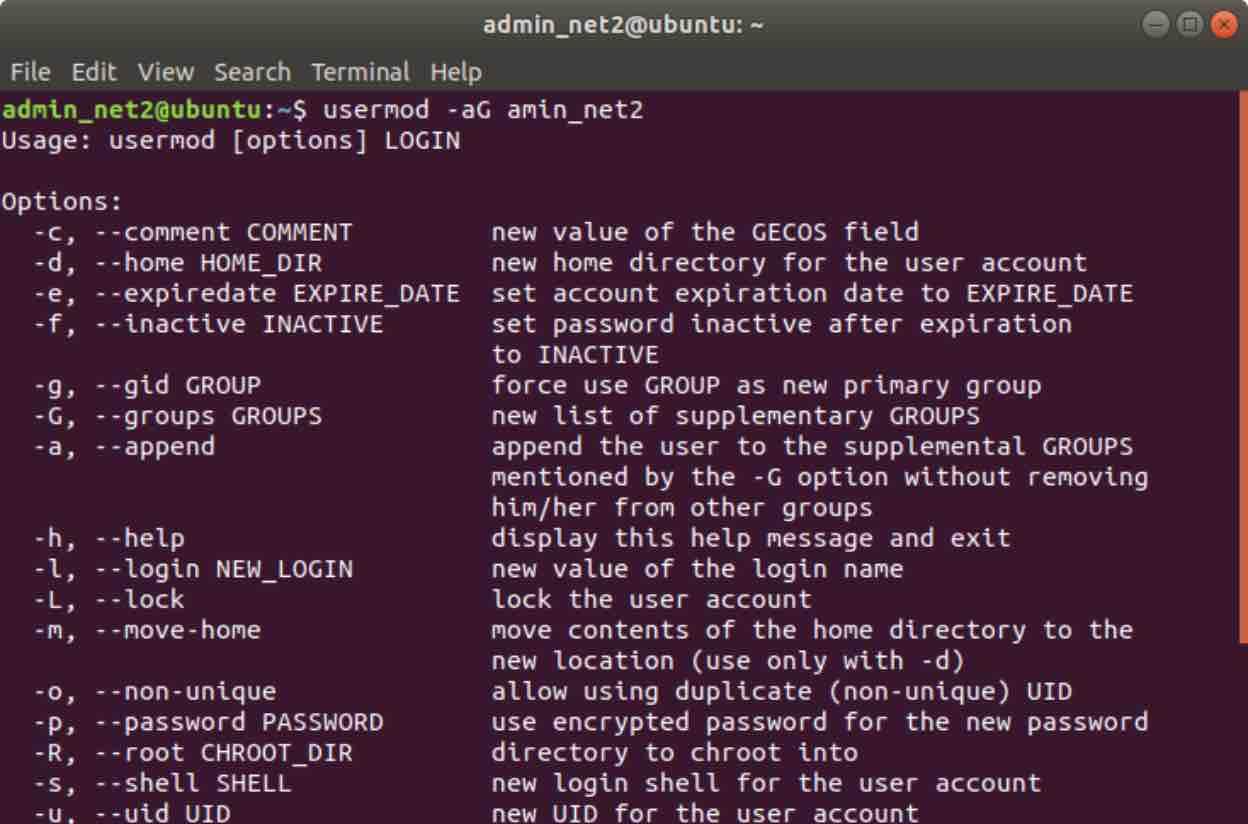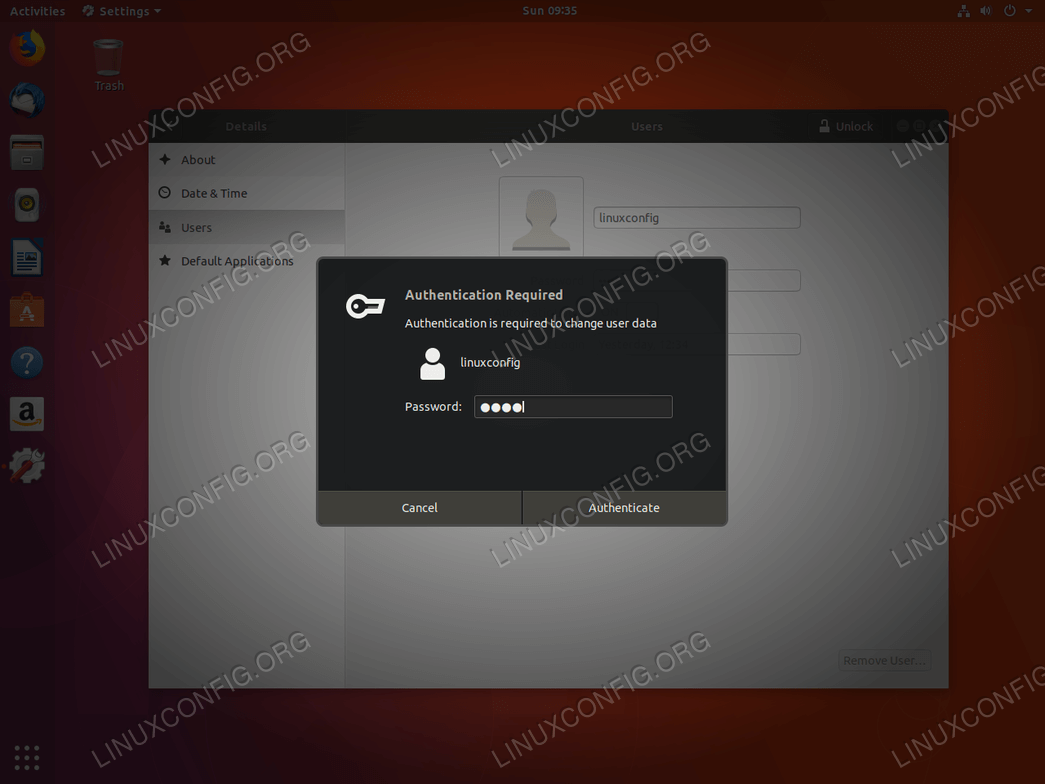
The -l flag is critical to set environment variables properly. Start a session as the unprivileged user. Use the following syntax example to issue request to systemd with the systemctl commands. If you specified a different unprivileged system user during Tableau Server setup, then run the commands as that user. It will list the groups johndoe belongs to. If you want to confirm whether the created user is in sudo group, use the following command: Copy. However, commands should be run as the tableau user, and not as root. Now, you can log in to the system using johndoe user and its password. As with the previous versions, you will issue the same systemctl commands for these scenarios. However, for troubleshooting scenarios, you may need to interact with the TSM services. In normal use cases, you will not need to issue commands to systemd because TSM takes care of that. The systemd user service runs as a normal user, so it does not need any special privileges once it has been enabled. With the current 2018.1 (and later) releases, we have removed the need for sudo privileges by making use of the systemd capability to run as a user service. Therefore, the 10.5 version of Tableau Server required sudo privileges. In this scheme, systemd process runs as root. All TSM services were run from the normal system-wide systemd process ( process ID 1, which runs all processes on the operating system). In the 10.5 version of Tableau Server on Linux, sudo privileges were required to modify or restart the TSM services, which required systemctl commands.
Create a user with sudo privileges linux update#
Nor does the current version of Tableau Server update or include a Tableau-specific sudoers file.Īll privileged operations now occur during package and software installation.

Therefore, the 2018.1 version (and later) of Tableau Server no longer creates or uses a privileged user ( tsmagent). Updating the sudoers file conflicts with some system management configuration best practices and security policies. The first version (10.5) of Tableau Server on Linux relied on sudo privileges by updating the sudoers file. For more information about system users and groups, in the context of installation and LDAP configuration, see Identity Store. You can specify a different unprivileged user or TSM authorisation group during installation. The tableau user and tsmadmin group are created by the Tableau Server initialisation process. The tsmadmin group should only contain accounts that require authorisation to access OS-related Tableau configurations. For this reason, you should not add the tableau unprivileged user to the tsmadmin group. This means that if one of the Tableau Server processes (such as a process displaying vizzes to users) were compromised in some fashion, it would only be able to impact Tableau Server, not the rest of the Linux system.

Open another terminal on your machine and try to remote SSH login using new user.

ssh folder and add the public key vi ~/.ssh/authorized_keysĪnd paste your SSH public key here, save and close file. ssh folder in home directory mkdir ~/.ssh c. Switch to the new user account su - newuser b. Generate ssh key pair in your local system for the newuser using “ ssh-keygen -t rsa” in linux or using putty-gen in windows. Add public key to allow remote SSH login for the new user Verify the superuser privileges by the sudo command sudo ls -la /root 2. Is the information correct? Ysudo c) Add the user to the sudo group usermod -aG sudo newuser Ĭhanging the user information for newuserĮnter the new value, or press ENTER for the default Īdding new user `newuser' (1004) with group `newuser'. Then follow the instruction to finish the procedure Adding user `newuser'. You should always use adduser to create new user as it provides more user friendly and interactive procedure. useradd is a low level binary command compiled with the system, whereas adduser is a high level Perl script built on top of useradd. Don’t be confused with the useradd command here. Creating a sudo user a) ssh in to your server as the user with superuser privilege or as a root user ssh -i key.pem b) Create a new userįor this, we use adduser command. Be careful who you grant sudo permissions to – you are quite literally handing them all access to your instance.

Sudo stands for either “ superuser do” or “ switch user do“, and sudo users can execute commands with root/administrative permissions, even malicious ones.


 0 kommentar(er)
0 kommentar(er)
